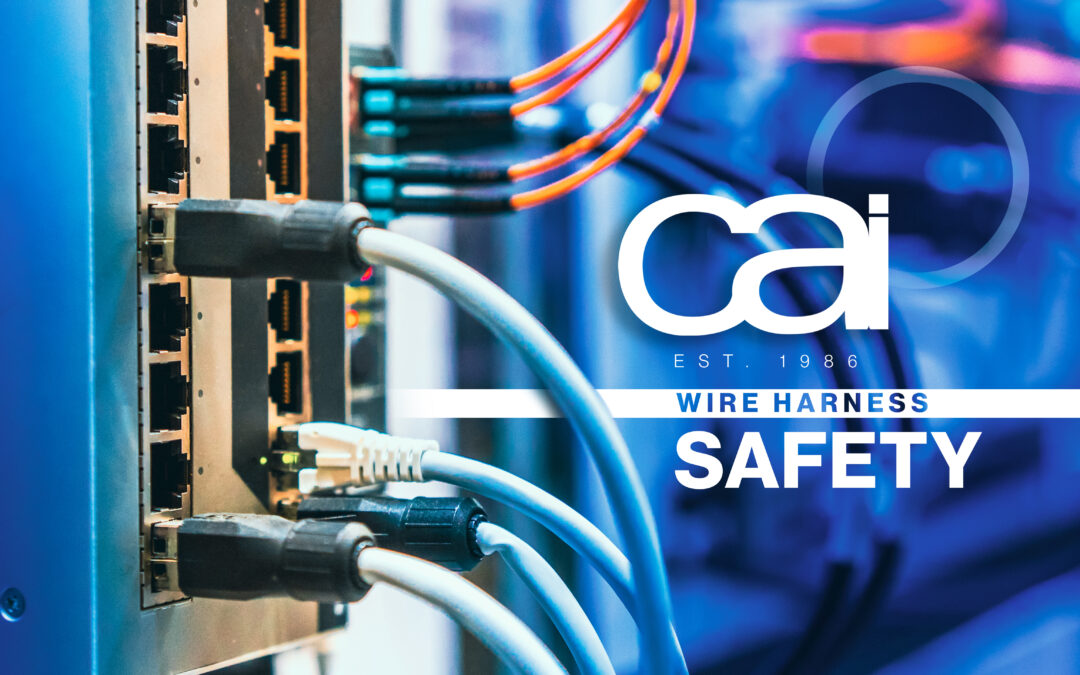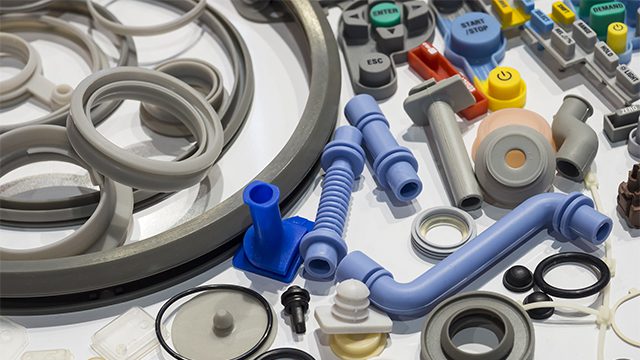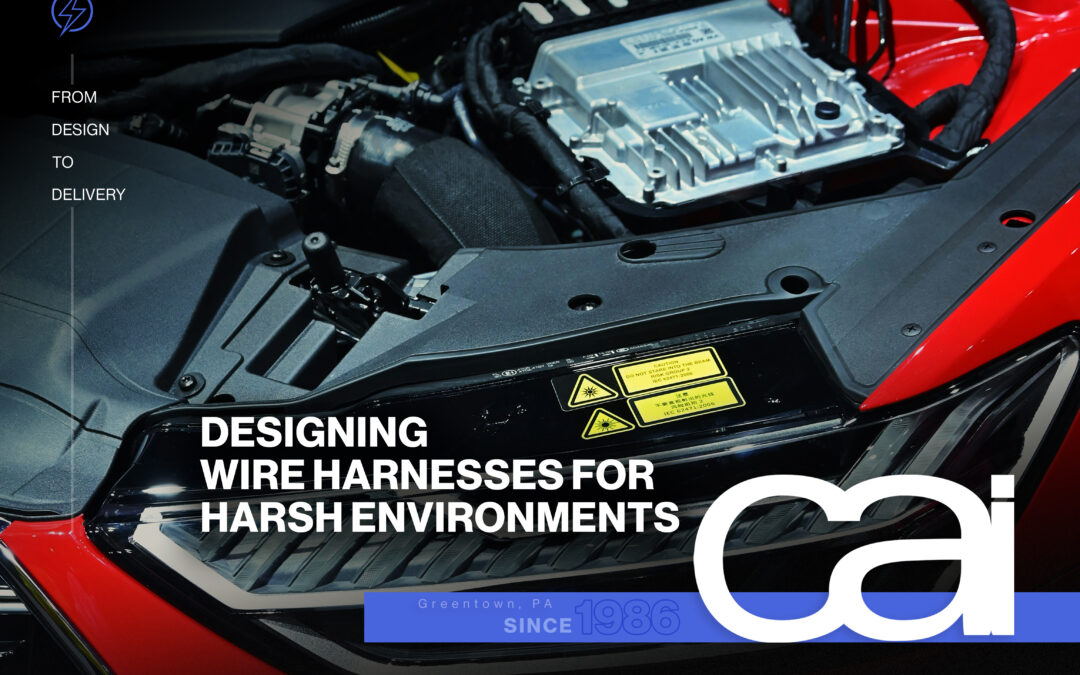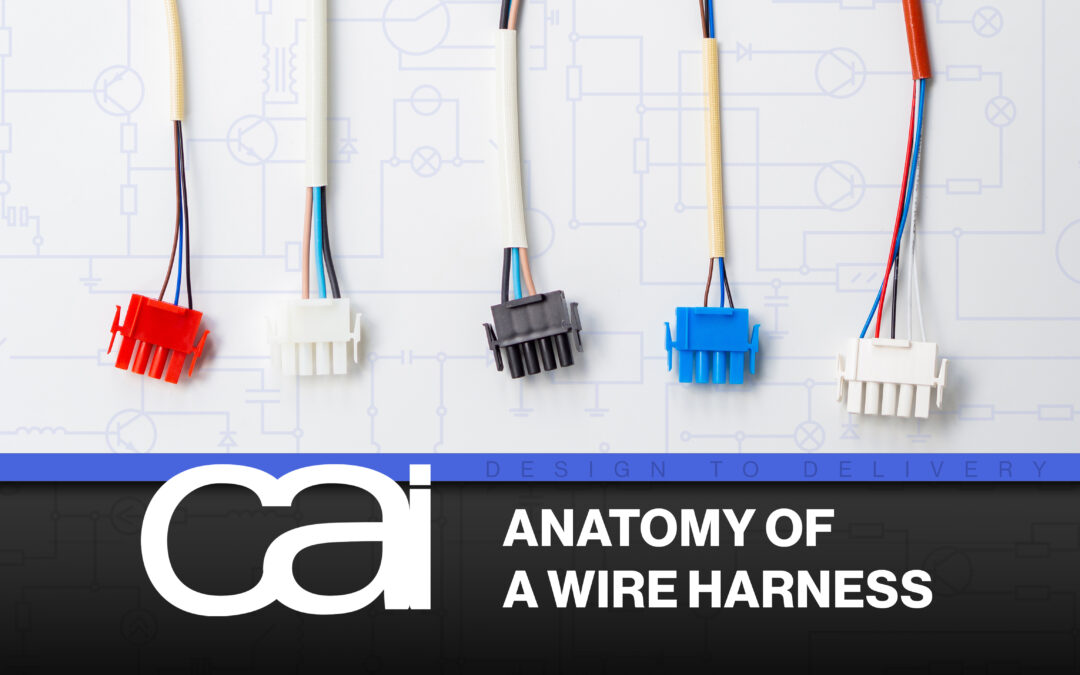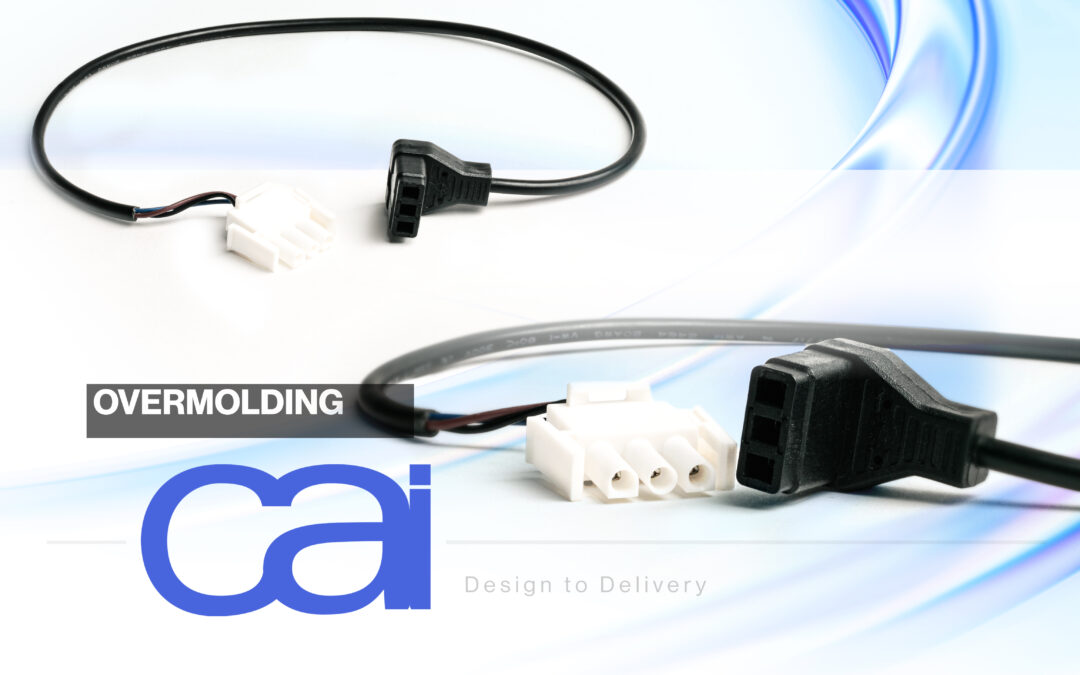For Your Custom Plastic Resin Part to Perform Its Best, Start with These 5 Key Questions
The plastic in TVs, cars, medical devices — They’re not all the same, though you wouldn’t be alone in thinking so. In fact, there’s a multitude of plastic part types, made from many different types of resin, each with their own unique traits, strengths, and weaknesses. While ABS, polypropylene, nylon, acrylic and polyethylene are among the most commonly used, resin choices can seem overwhelming when customizing your plastic part. However, choosing the right resin is essential to optimal performance and endurance — saving you time and money in the long run.
Need help deciding on the best plastic resin for your application? Just ask us!
To help choose, start with answering these key questions about your custom injection-molded or overmolded component:
- Does your component need to be safe for children, food, hospitals, factories? Whatever the application, you’ll need to make sure the material meets the regulatory requirements (e.g. REACH, NSF, RoHS) of the industry in which it will be used. That will help narrow down your choices.
- What function will it be performing? After assessing the purpose of your component, you’ll have a good idea of how strong and flexible it needs to be to meet performance and endurance demands. If your part requires higher base strength, effectively withstanding certain loads, and/or constant movement, you’ll need to focus on resin attributes like impact strength, ultimate tensile strength, and/or flexural modulus of elasticity.
- Under what conditions, and for how long, do you expect it to perform? Heat, cold, wind, rain…If your molded parts must endure chemical or environmental elements, then you’ll want to know the resistance properties of your plastic resin, such as its heat deflection and water absorption capabilities. Your choice will impact how long your part holds up.
- Will it need to look or feel a certain way? Color, texture, and transparency are all factors to consider if your component requires a specific aesthetic. For instance, to include a pattern or design on your part, you’ll need to explore embossing and debossing processes.
- Does it require high-cost resin, or can it get the job done with less-expensive resin? While you should never sacrifice performance over affordability, the wide variety of resin options allows you to choose from cost-effective options — like polyethylene and acrylic — when possible.
Once you accurately answer these five questions, you’ll be well on your way to getting your plastic injection-molded or overmolded component built just the way you need it. For more information on choosing the best resin for your application, we can help. We’ll be happy to share our expert opinion so you get it right.
For a breakdown of commonly used resins and their benefits, click here
